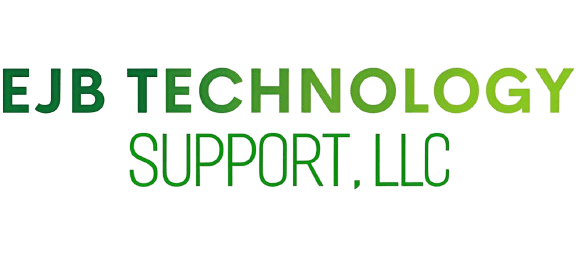We’re Raising Attachment Size Limits for Our Dedicated Business Email Platform!
At EJB Technology Support, LLC, we’re always improving our services to meet your business needs. We’re excited to announce that effective Wednesday, July 16th, 2025, we’re increasing the maximum email…
Read moreBeware the “Trusted” Trap: How SharePoint Phishing Nearly Caught One of Our Clients
Published by Eric Bouvier, EJB Technology Support, LLC On July 15, 2025, one of our clients forwarded me a concerning email incident involving one of their staff. It came from…
Read moreModernizing AD DNS with Technitium and Tailscale: A Practical Guide
By EJB Technology Support, LLC Businesses running Active Directory (AD) often rely on Windows Server DNS by default. But what if you want more control, easier management, and better integration…
Read moreWhy Your Equipment Is at Risk in Extreme Heat
—and What You Must Do Now Summer’s rising temperatures and soaring humidity aren’t just uncomfortable—they can severely damage your business technology. If your printers, computers, network switches, or storage devices…
Read more